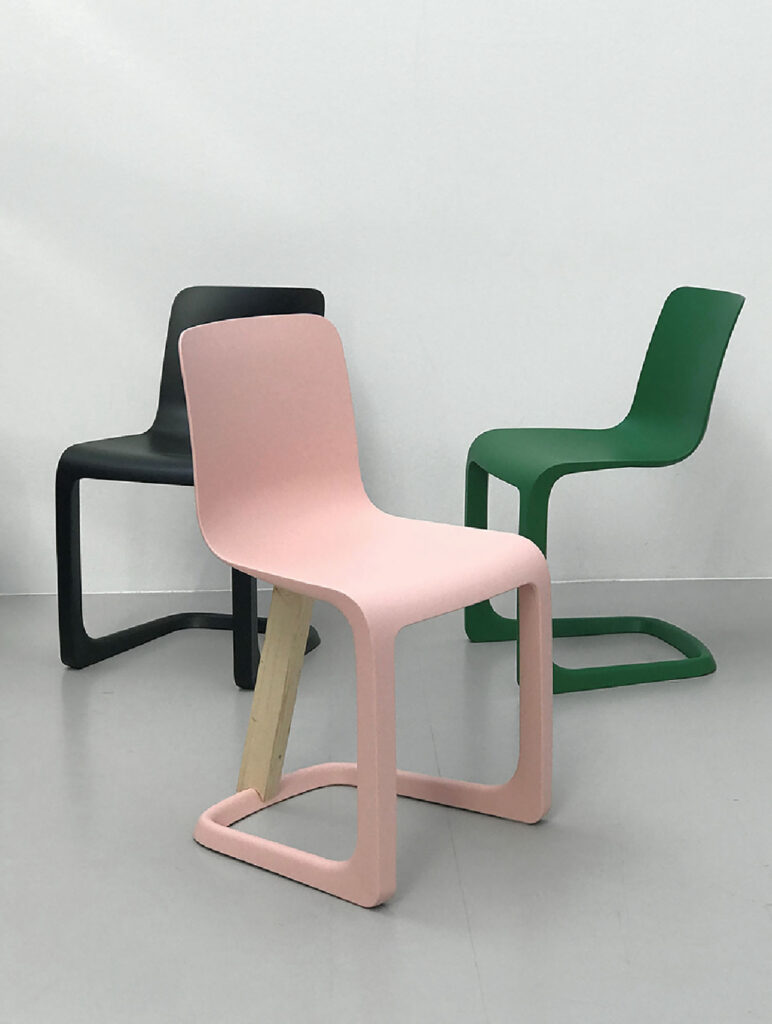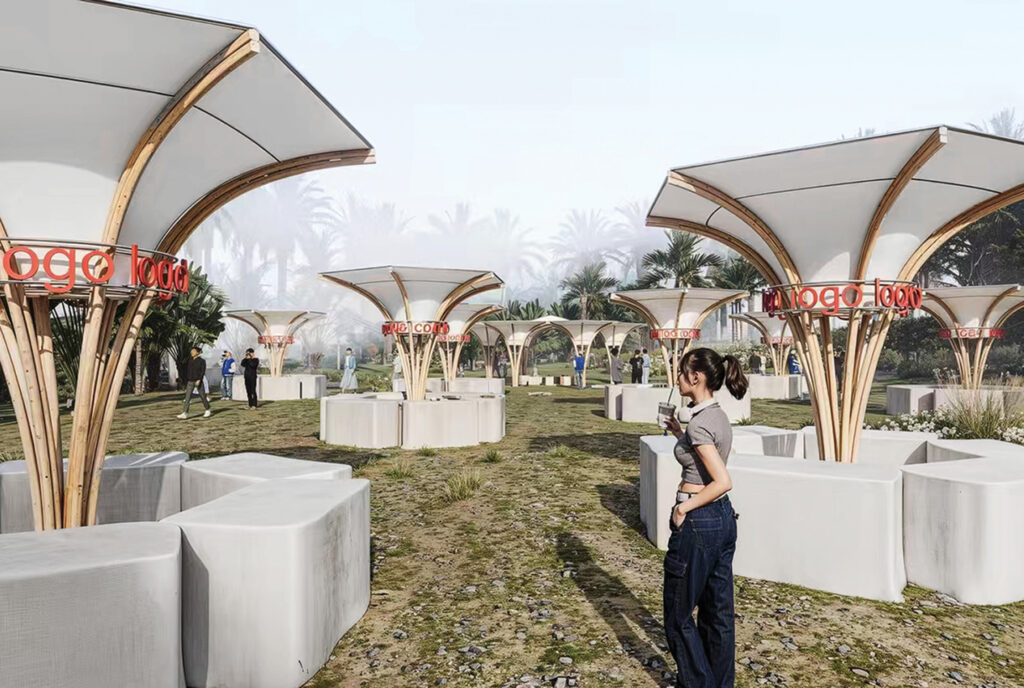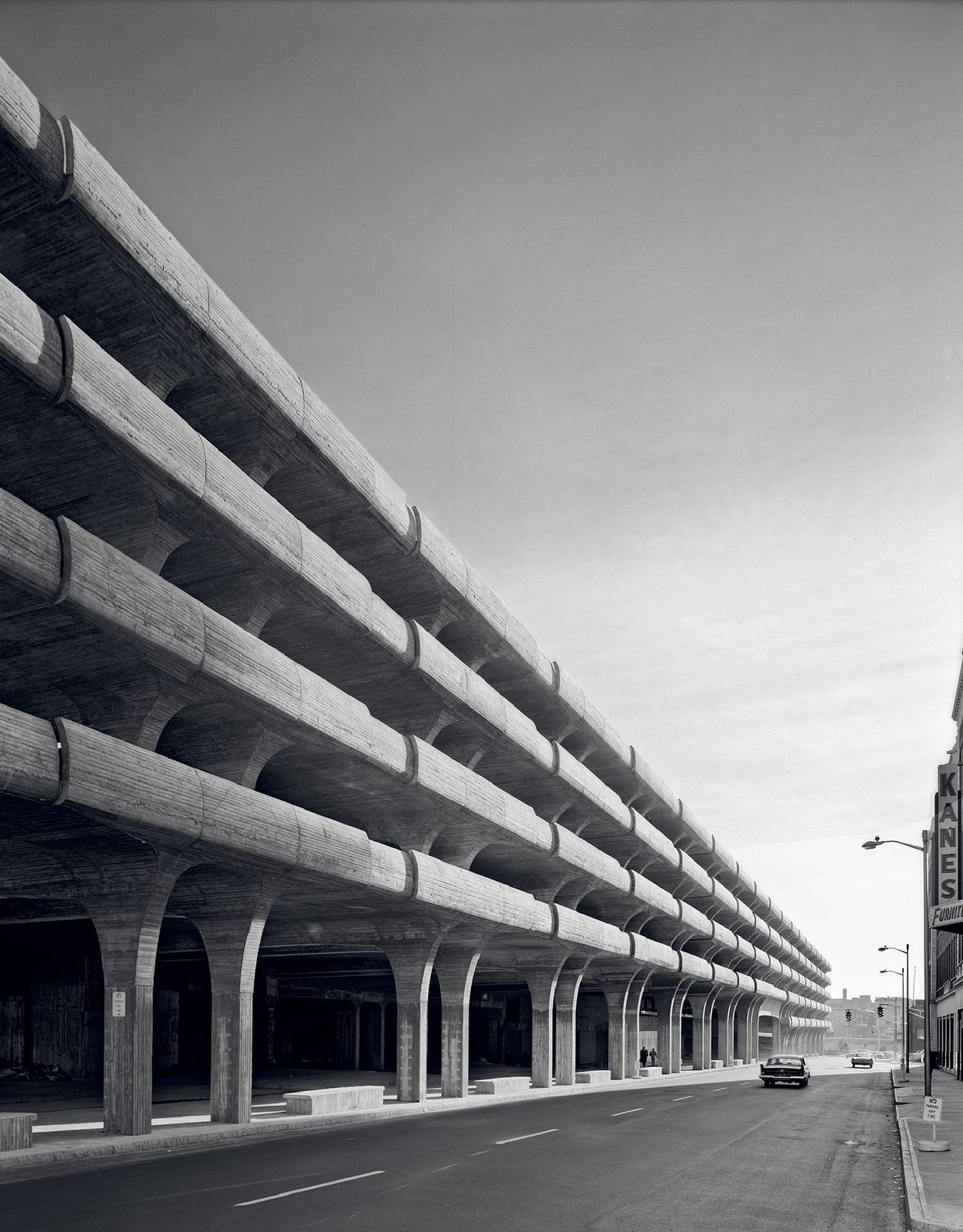
Explore Paul Rudolph’s Enduring Legacy At The Met
His Harvard GSD classmates included I.M. Pei. He taught Norman Foster at Yale University. And, with a portfolio encompassing residential and commercial projects stateside and abroad, his clients ranged from Halston to Tuskegee University to the Niagara Falls Public Library. This history and more are explored in “Materialized Space: The Architecture of Paul Rudolph,” at the Metropolitan Museum of Art in New York, the institution’s first such exhibition since its 1972 Marcel Breuer survey, and particularly meaningful, as Rudolph’s 1952 Sanderling Beach Club in Sarasota, Florida, was destroyed by Hurrican Helene four days before the exhibit’s opening.
It features over 80 works in various scales, from small objects that Kentucky-born Rudolph collected throughout his life to work-related models, furniture, material samples, and colored pencils used for his “intricate, visionary drawings,” curator Abraham Thomas notes. Photographs are included too, spanning the architect’s 1950’s Sarasota Modern houses to his later, brutalist works, such as Yale’s Art and Architecture Building (now Rudolph Hall) and Temple Street Parking Garage, both in Connecticut and completed while he chaired the school’s architecture department. Of the latter, famous for its organic, poured-in-place concrete form, its sodium lights recently replaced with LEDs, he said: “I wanted to make a building which said it dealt with cars and movement. I wanted there to be no doubt that this is a parking garage.”
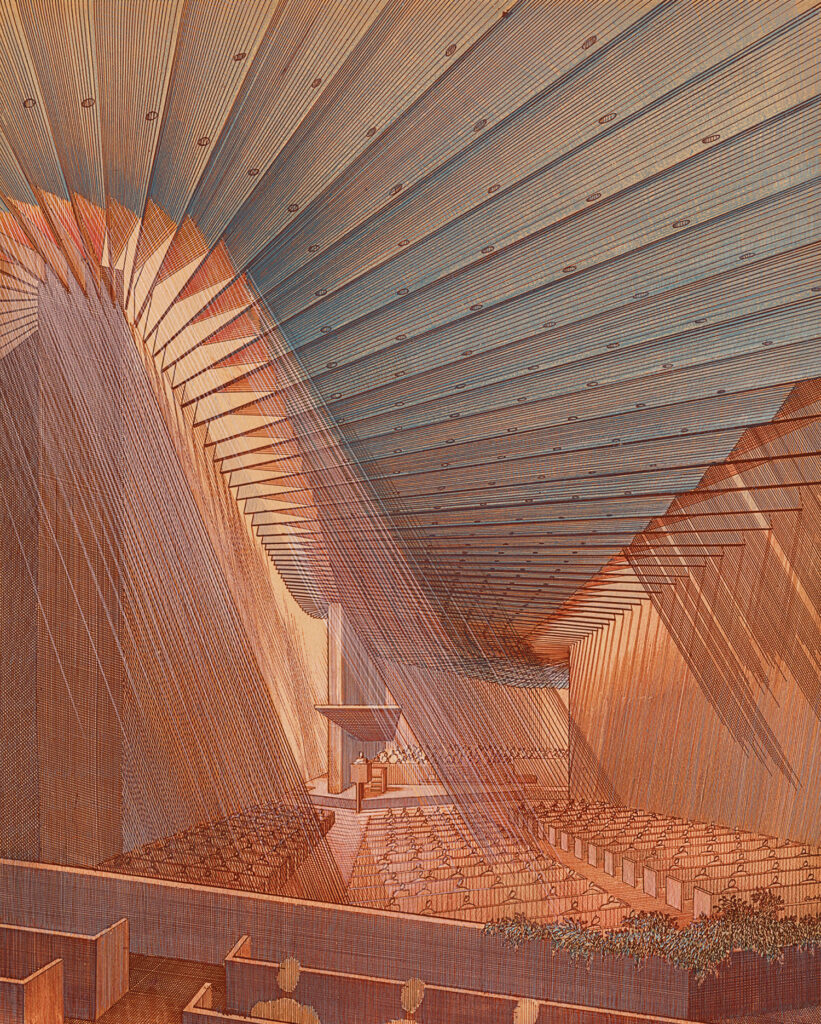
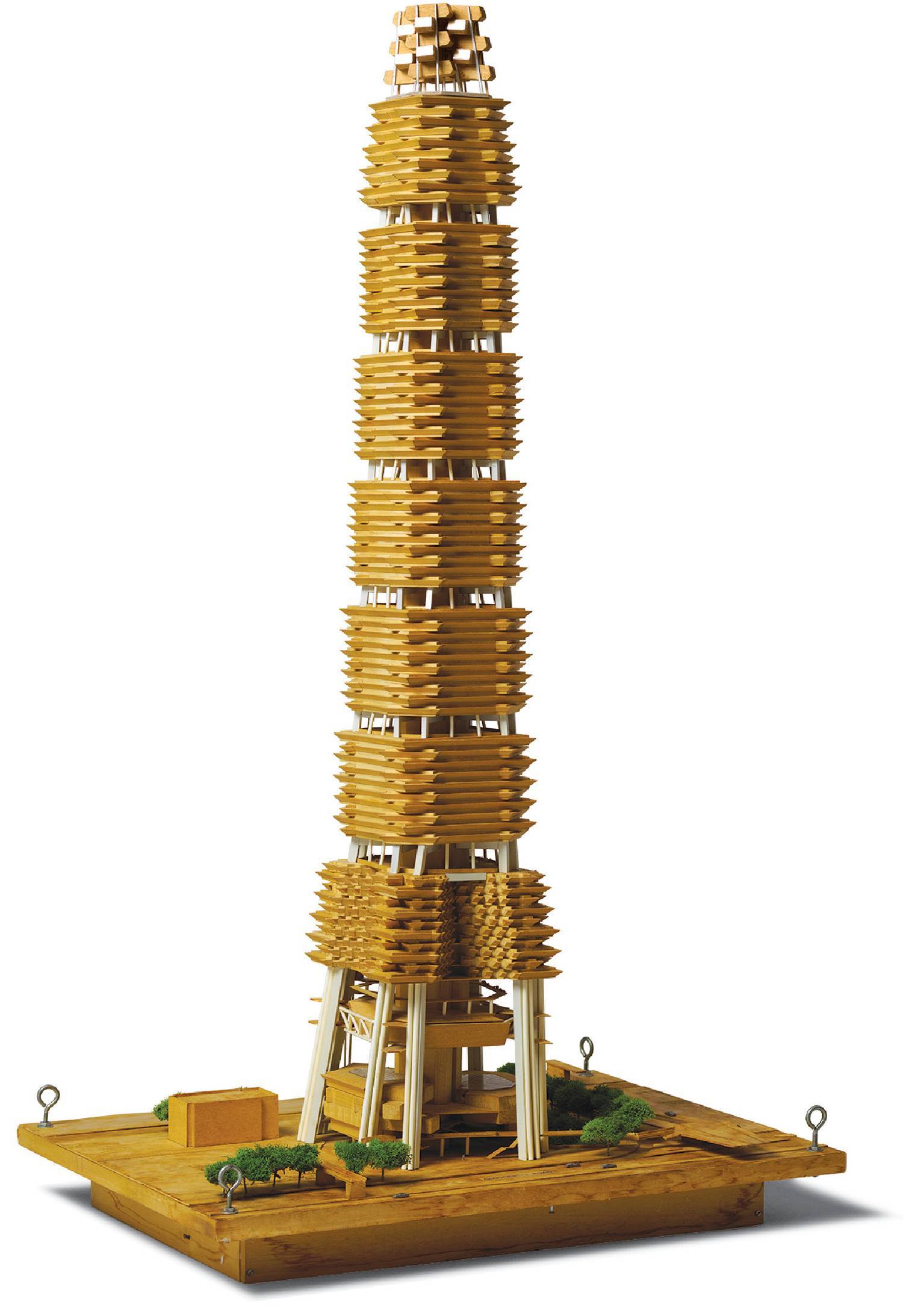

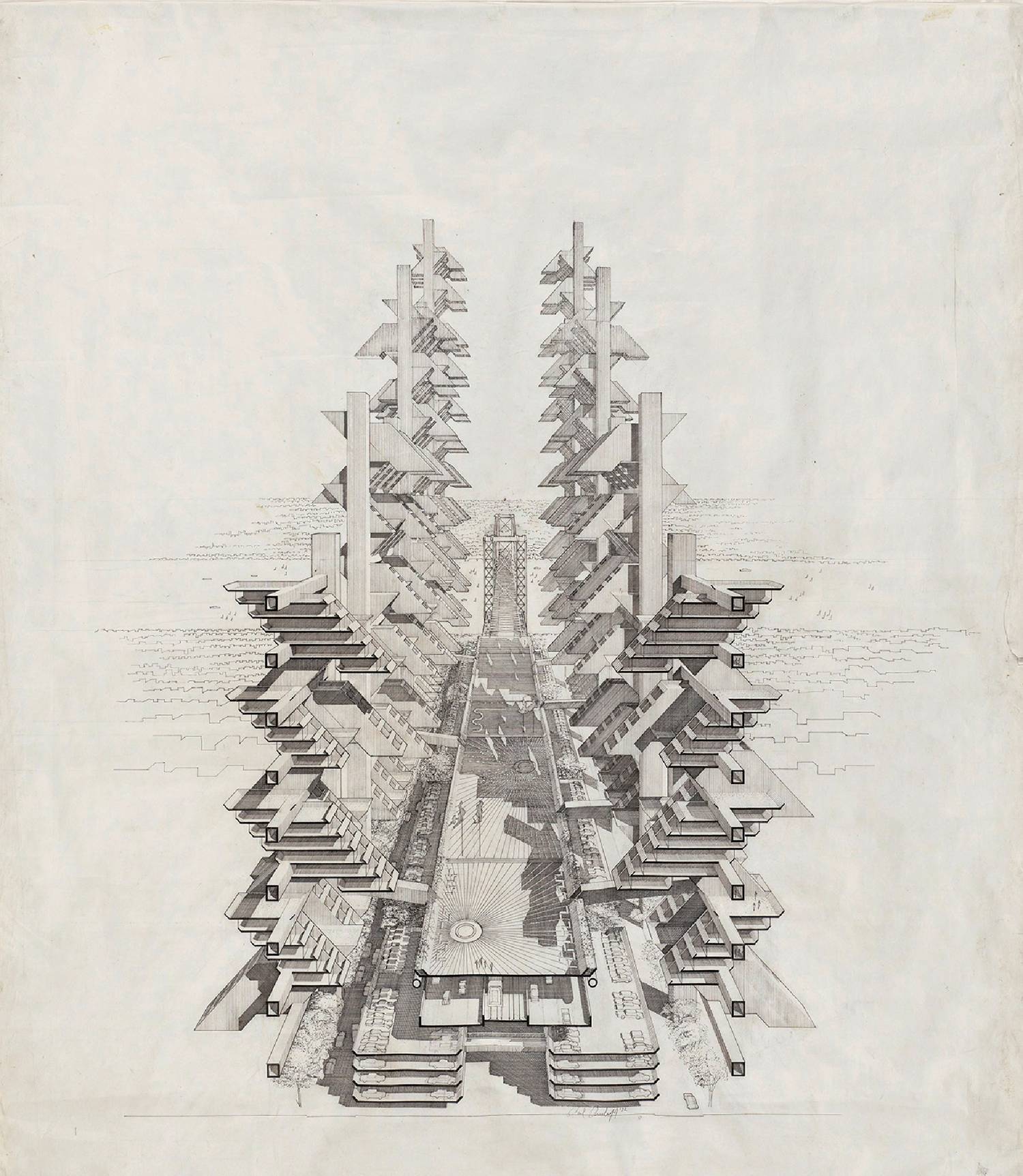
read more
DesignWire
Design Reads: A Closer Look at Jasper Morrison’s Work
Discover British designer Jasper Morrison’s wide range of furnishings, homes, and housewares in his cheeky retrospective “A Book of Things.”
DesignWire
Eco-Friendly Pavilions Take The Stage At A Chinese Music Festival
For a Chinese island music festival, Also Architects crafts reusable, modular pavilions that provided shade while resembling sound waves.
